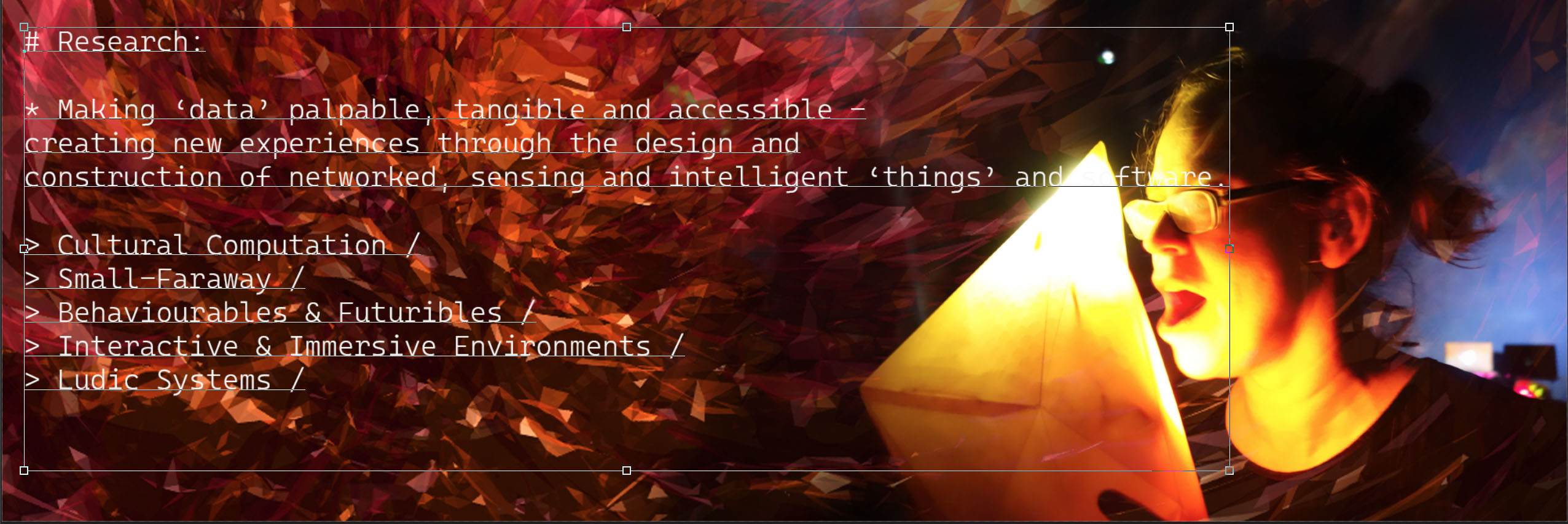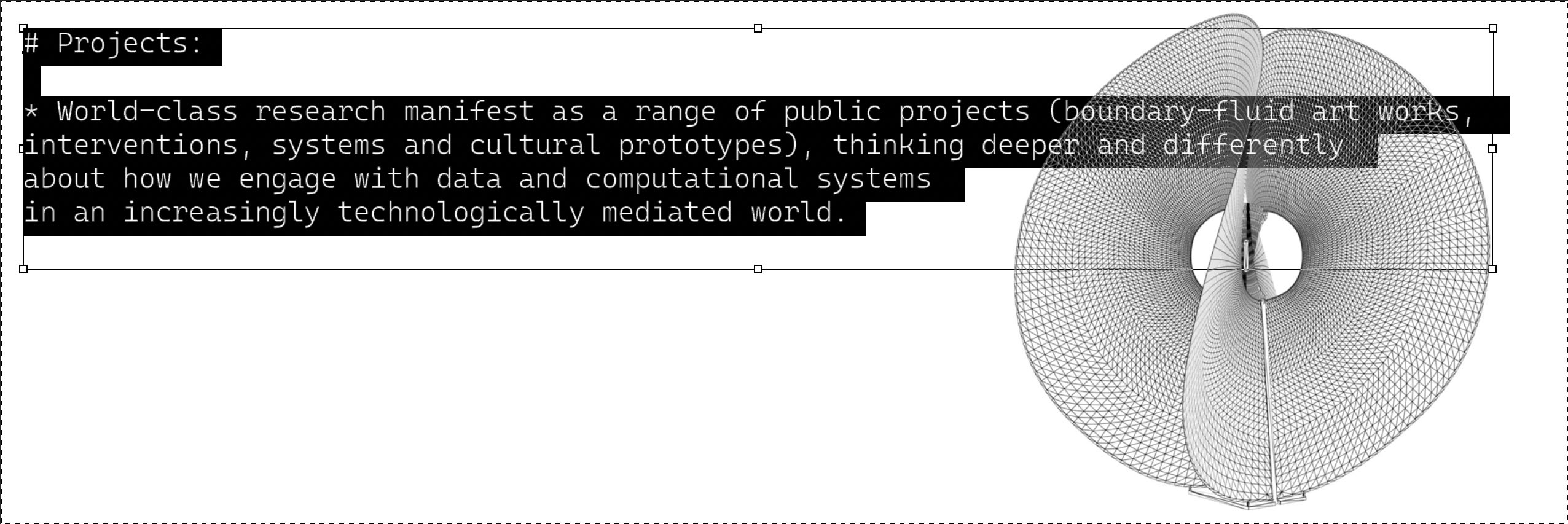6th – 15th June 2014
Open 11am-6pm
KARST: 22 George Pl, Plymouth, PL1 3NY
http://www.karst-projects.org/
http://greaterthanone.i-dat.org/
You are invited to visit the Karst Artist Residency with Lee Nutbean in partnership with i-DAT from the 6 June – 15 June, culminating in the final presentation of his work on Sunday the 15th from 3pm – 7pm, followed by the closing party for the FAX exhibition at 7pm.
“Familiar stranger: an individual who is recognized from regular activities, but with whom one does not interact “ (Milgram, 1972)
For this artist residency at KARST: Plymouth, interactive artist and researcher Lee Nutbean will be exploring this notion of ‘familiar strangers’ coined by Stanley Milgram in his 1972 ‘Familiar Stranger Study’. He will develop a wireless shape shifting network to elicit real time pattern and proximity data from the ‘familiar strangers’ we encounter on a daily basis. The network will facilitate adHoc opportunistic assembly and clustering by both hardware and software configurations, and provide a networked ecology to harvest, aggregate and disaggregate realtime geospatial data.
The networked ecology will act as a platform, and the correlated material will be processed to explore the use of provocative prototypes to create new meaningful sensory experiences.
Over the residency period a selected ‘provotype’ will be beta tested and refined to create a final output in the form of an electronic interactive installation. The installation will directly interact with members of the public and will create a meaningful insight into this hidden social network in which we are all embedded.
This residency is part of KARST Studio2 Residency Programme that coincides with their current exhibition ‘FAX’, which is a traveling exhibition curated by João Ribas, in collaboration with KARST and co-organised by The Drawing Center, New York, and Independent Curators International (ICI), New York.
ABOUT THE ARTIST
Lee Nutbean is an Interactive artist working at the transdisciplinary intersections of art and participation, across academia, research and the creative industries. His work explores the evolution of smart networked technologies through the participatory design of provocative prototypes, that elicit and respond to inspirational data through subversive open-ended environments. These electronic ecologys culturally probe the dynamic networks within and between corporeal and viral spaces to reveal new phenomena that confront, question and push new digital practices to innovate and inspire public engagement.
ABOUT FAX
KARST: Plymouth
15th May – 15th June 2014
Exhibition open Thurs – Sun 11-6pm
CLOSING EVENT : Sunday 15th June 5-7pm
ARTISTS:
DAVID BLANDY, PAUL BUCK, GREIG BURGOYNE , HEMAN CHONG, FRED FOREST, JACOB DAHL JURGENSON, MARKO MÄETAMM, JACOPO MILIANI, SLADJAN NEDELJKOVIC, CLUNIE REID, MARTHA ROSLER, JOSEF STRAU, RICHARD WENTWORTH
Guest Curator: João Ribas, in collaboration with KARST and co-organised by The Drawing Center, and Independent Curators International (ICI), New York.
Technology for transmitting printed images and texts dates from the nineteenth century, however it was the introduction of modern fax machines in the 1970s that turned facsimiles into a ubiquitous communications medium. Although generally used for international business purposes, artists readily exploited its immediate, graphic, and interactive character. The fax has subsequently become it an important part of the history of art, appearing in movements such as Fluxus, and the burgeoning practices of new media artists. But with the fax machine now fast becoming a technology of the past, how do artists see the potential of the fax transmission today?
The first FAX exhibition, held at The Drawing Center in New York, 2009, featured works sent via fax by nearly 100 creative practitioners. Artists, architects, designers, scientists and filmmakers, spanning multiple generations, were invited to transmit works during the exhibition, to a working fax machine in the gallery. FAX has since toured around the world, and every host institution has invited additional participants. The pieces received during each showing have steadily expanded the initial core of works, and this cumulative process has created a broad collection from across the globe.
The twentieth showing of FAX takes place at KARST, and a select group of new collaborators have been invited to take part. Faxes will be received in real time in the exhibition space, throughout the duration of the show, and will include drawings and texts, as well as inevitable junk faxes and errors of transmission. The artworks, reflecting ideas such as reproduction, distribution, communication and technological obsolescence, will be permanently added to the ever-accumulating project.






You must be logged in to post a comment.